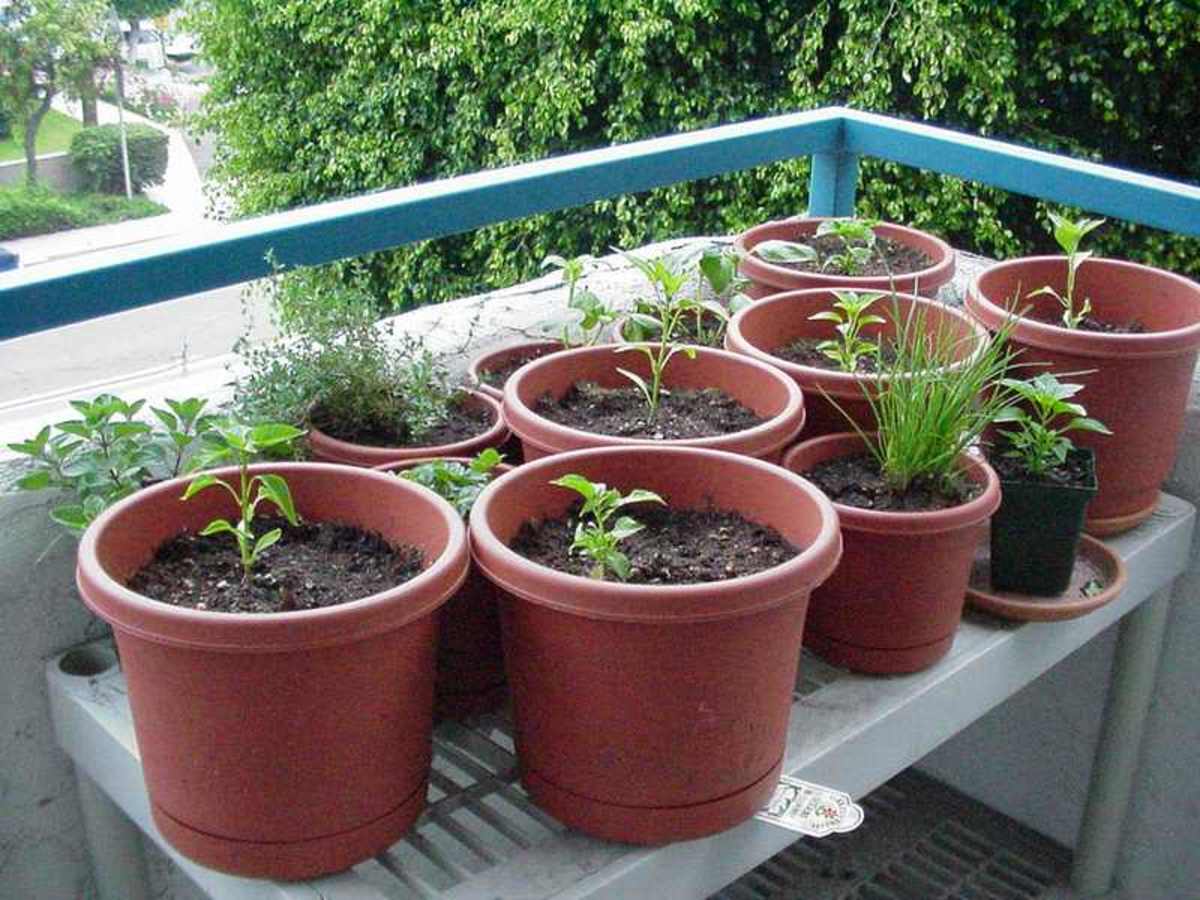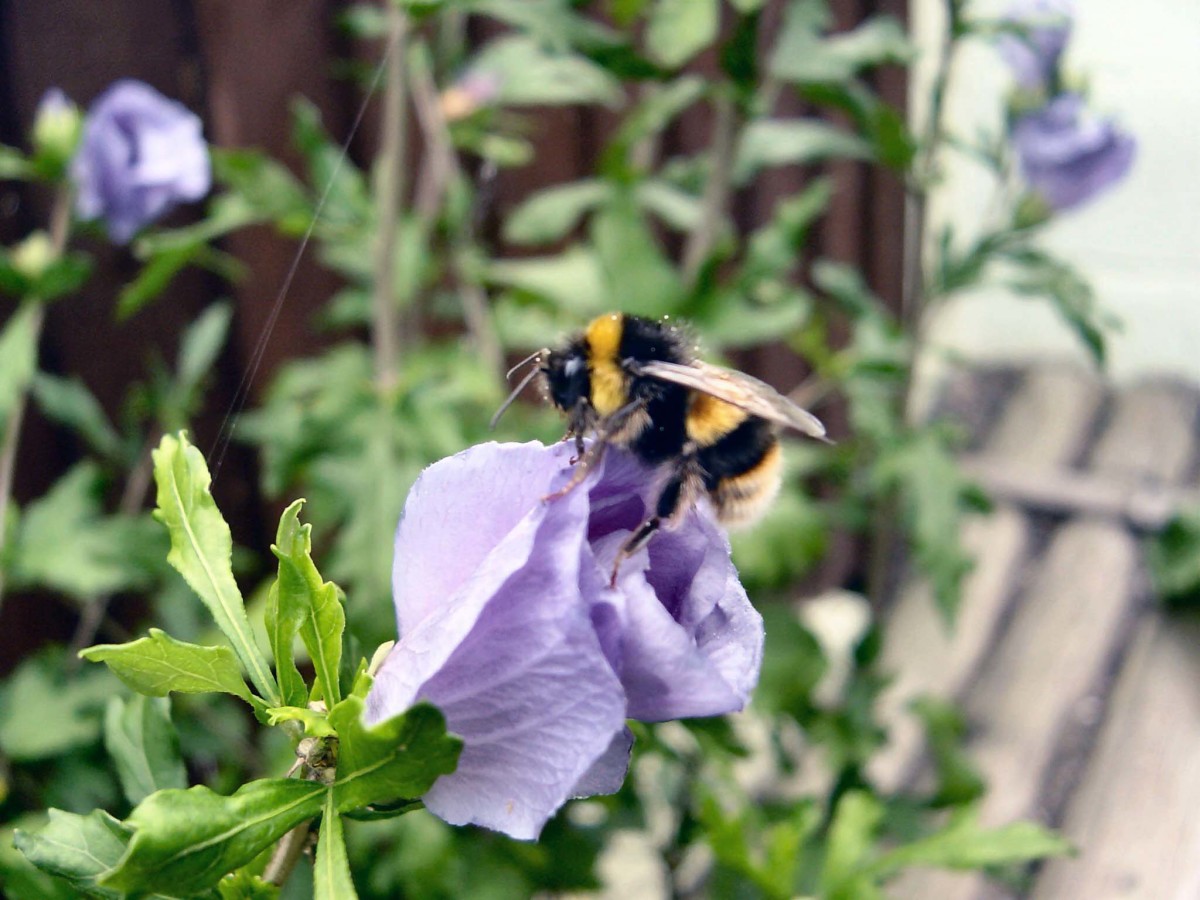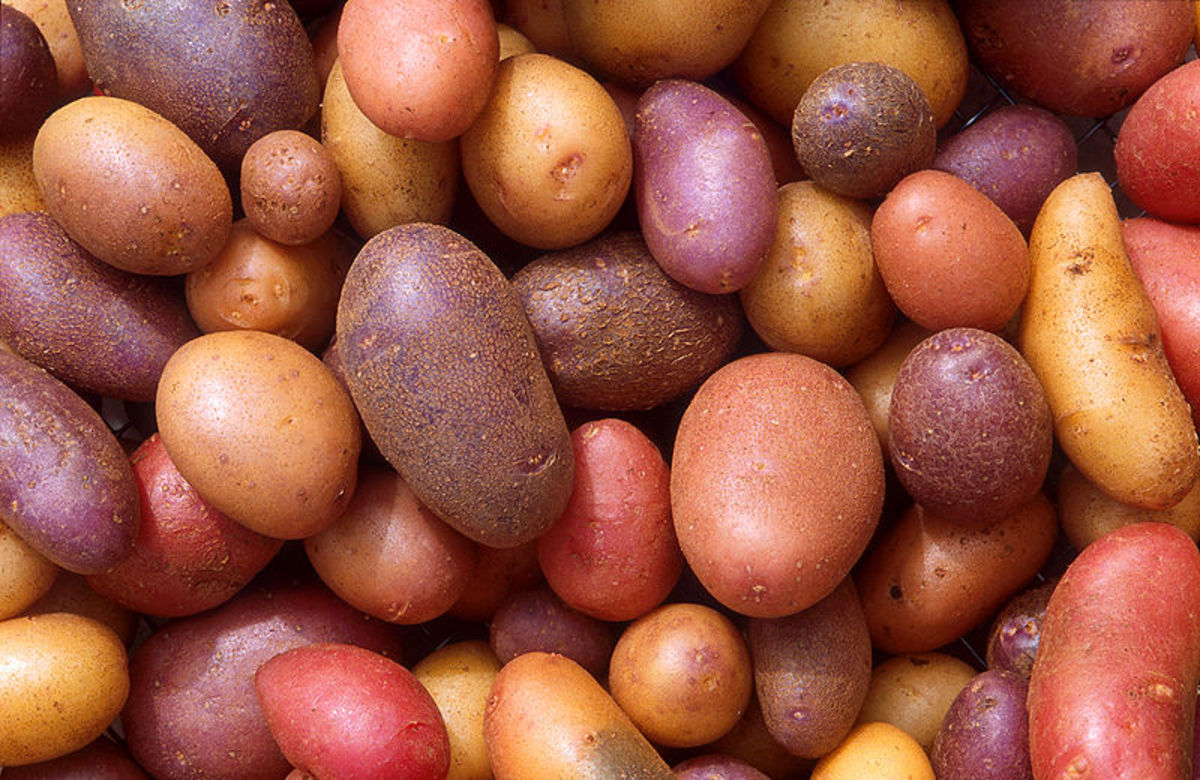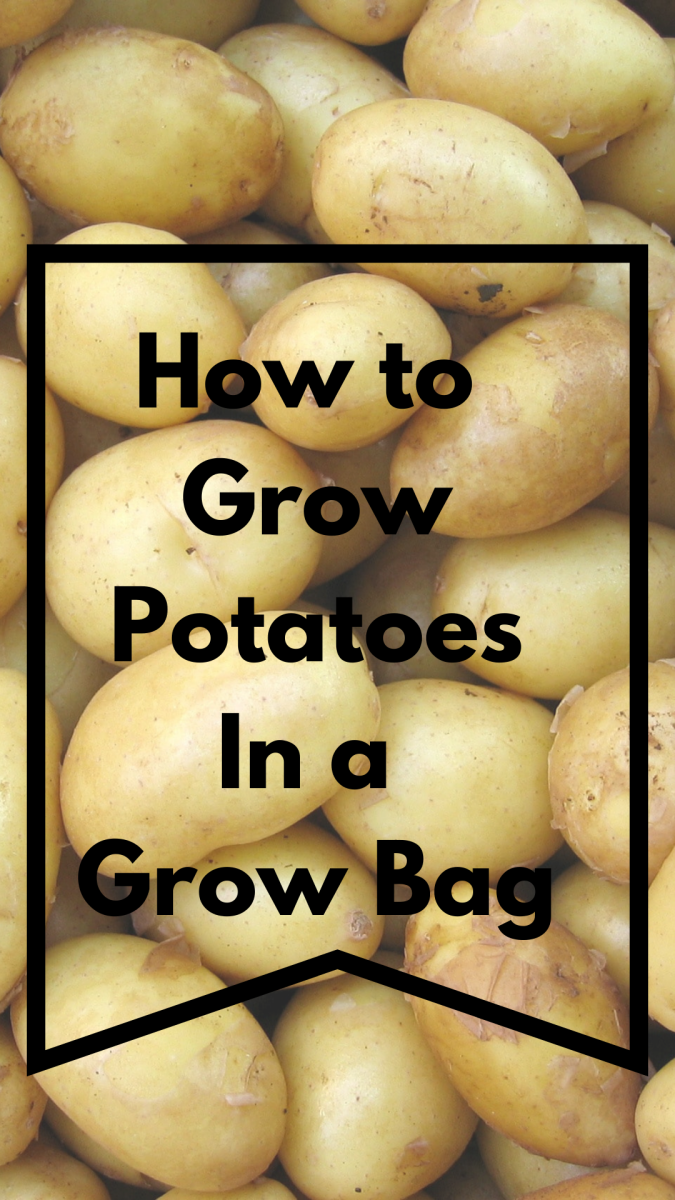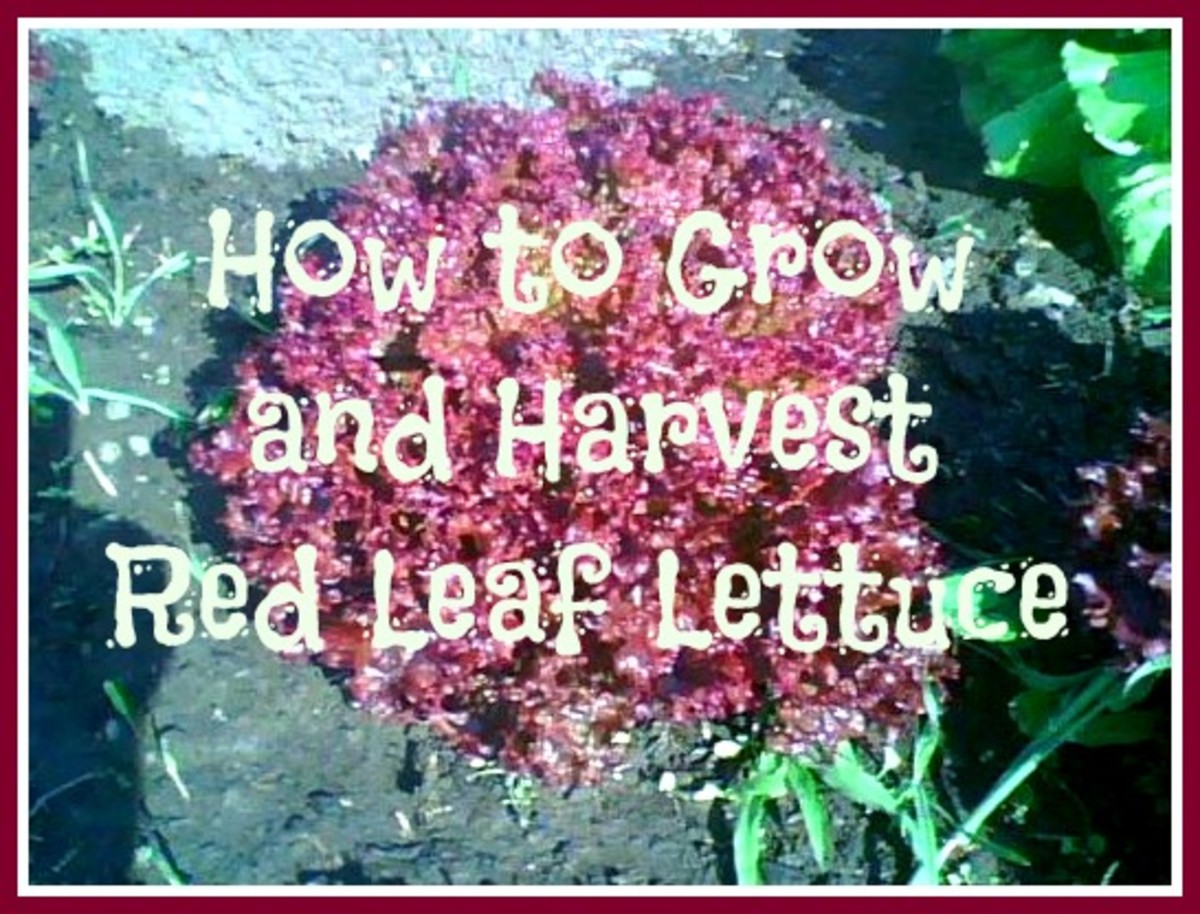Tips for Success with Square Foot Gardening
Would you like to grow a garden in the most efficient manner? Do you have very little back yard space, but wish you had salad greens ready to harvest just about any time? Do you like exotic vegetables that aren’t found readily at your market? Square foot gardening just might be the best way for you to realize your goals of eating healthy and eventually saving money at the market.
I have experimented with square foot gardening for two seasons so far. I am encouraged at the results – at least enough to plan additional garden space in the future. Square foot gardening, also known as intensive gardening, is designed to use planting space in the most efficient manner, thereby saving water and unnecessary labor. The classic square foot garden consists of a 4-foot square box, 6 “ deep, with each square foot designated for a particular crop. There are 16 squares in a box. A square foot garden is a raised bed, and does not have to be built using wood; indeed, the borders of your garden can be concrete cinder blocks, if you like.
The square foot garden idea solves many problems inherent in traditional row gardening. No longer will you be frustrated because of poor soil on your property. You won't have to bring in a rototiller and soil amendments through your gate into the back yard in an attempt to get decent, workable soil. And you don't have to worry about drainage with the square foot concept.
The square foot garden is versatile gardening at its finest. You can place your garden box anywhere in your yard that has the right amount of sun exposure for the crops you are interested in cultivating. With a table-top garden, your box is even portable should you decide the location is less than desirable. And there are also ways to configure your boxes so that you save steps and a lot of valuable time.
This is not a hub about how to build a square foot garden. That is a lengthy subject, well-covered in Mel Bartholomew’s book All New Square Foot Gardening as you see here to the right.
If you know some basic facts about square foot gardening and you’ve considered venturing out to obtain the materials and garden seed, it will help you to know a few tips I’ve learned from experience. That’s the purpose of this hub.
Square Foot Garden with Protective Cage
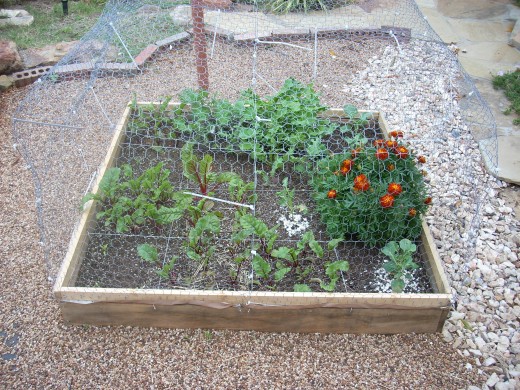
My Tips
Start small.
- Don’t get so caught up with the excitement that you start planning 6 garden boxes the first season. It’s daunting enough just to build your box and mix the soil correctly the first time. And you are going to learn and develop a system for mixing your soil. Don’t underestimate the amount of time it will take from you. I’d recommend you start with one box when you are a beginner.
Don't stress too much about vermiculite.
- Vermiculite is one of the ingredients that is necessary for your soil mix. People stress over it, as it can be difficult to locate vermiculite. Don’t worry, though, if you’re not able to obtain the coarse grade variety. I recently bought a bag of the medium grade because that’s all my feed store had in stock. Sure, it might retain slightly less moisture, but it’s not a make or break factor. My box with the medium grade vermiculite is doing great, in fact.
Think about finances.
- There can be considerable up-front expense when building a garden. Give yourself plenty of time to shop around for the best prices. In his book, Mel gives you several suggestions for obtaining free materials.
Consider carefully your compost.
- Recognize that, if you merely purchase 5 types of commercially produced compost for your soil mix, you won’t have the kind of fantastic results that you would by using your own homemade compost. People who have optimal results say that all their vegetables grow amazingly big. I suspect these people make their own compost. But please don’t beat yourself up because you haven’t learned the art of composting. I’m not sure that I’ll ever be able to do it myself, and the reasons are unique to my situation. This leads me to the next, related tip.
Think about how you can adapt the system for higher yields.
- The whole square foot gardening concept is built around the principle that a gardener can grow the same amount of vegetables as are planted in a traditional garden, but in only 20% of the space. Mel Bartholomew is an engineer by profession, and he has worked out quite well the formulas that determine how many seeds you can plant per square. Sometimes you can cheat on his formulas; for instance, I’ve heard you can plant more lettuce per square than what he recommends, as long as you realize that the water needs will increase. I actually fudged, and sometimes planted 2 broccoli plants per square, where only one is recommended (they did just fine). As for cheating the system, go ahead and knock yourself out, because you might get lucky. Just remember that, as I stated in the composting tip above, your yield per square will be higher if you have the absolute best soil mix – which means keeping a compost pile.
Take the book's estimated yields with a grain of salt.
- The estimates in the book of how many boxes it will take to feed a family are just that – estimates. I wouldn’t give them much credibility. I’m just one person, and my needs are not served with just one garden box. Realize that it will take time and experimentation to figure out the proper amount of vegetables to plant so that everybody in the family gets to eat.
Figure out the type of box that will work best for you.
- You can place your box on the ground, and that’s probably the easiest way to do things. But I’ve found that my table-top boxes are more pleasant to work with. I don’t have to stoop and bend, and my two dogs cannot bother the boxes. A table-top box can be supported on a sawhorse, an old picnic table, or an army cot. In the pictures, my table-top gardens are on sawhorses.
Plan everything well.
- Planning is essential to the learning process. If you would be a gardener, there is no way around it. Meticulous record-keeping will also pay dividends from season to season.
Bush beans, lettuce and spinach growing in an SFG
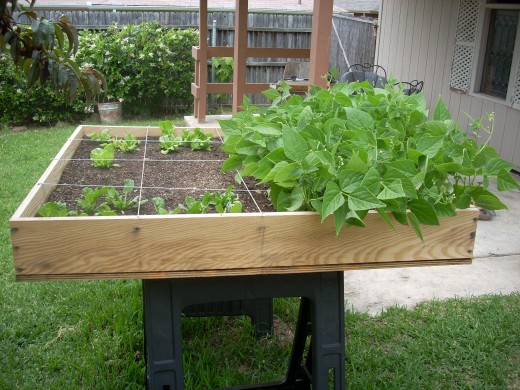
I’ve derived great joy from my square foot gardens, and I haven’t even been gardening for a year yet. Learn as much as you can, take your time, and enjoy the process. Though the investment of time up-front is considerable, square foot gardening could not be easier once you get the hang of it.
And, best of all, with this system, you will not need to do any weeding.
Peppers and green beans growing in an SFG
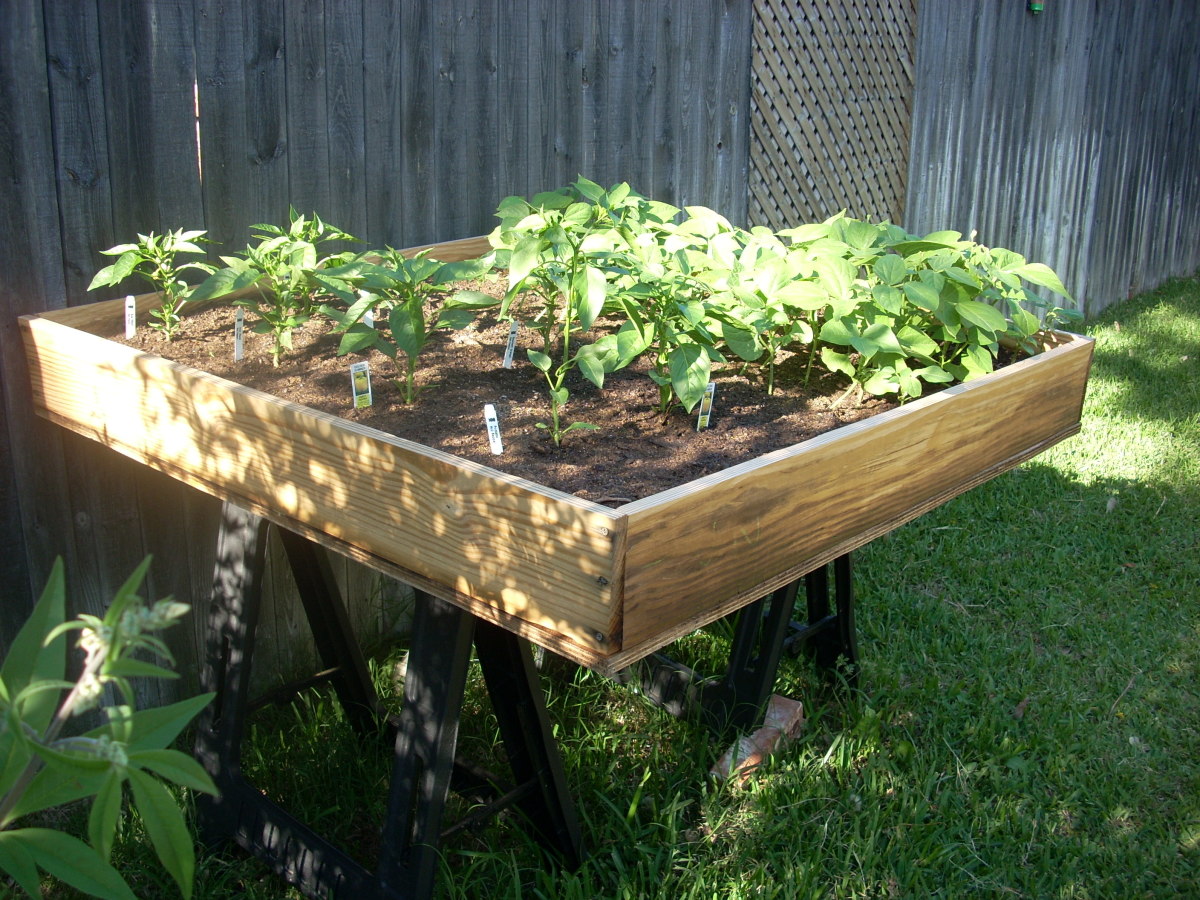
- AeroGarden Review: The AeroGarden English Cottage Se...
Window boxes. Cheerful posies providing a lift out of a blah day. Vivid, untamed masses of mixed colors, like the best from Monet. Charming flowers with a message from heaven. A surprise... - The AeroGarden Garden Starter Tray Kit
Have you had mixed results from sprouting seeds indoors under lights? Do you accomplish this, only to find that your developed transplants do not thrive outdoors? What's the secret to sprouting tomatoes...



